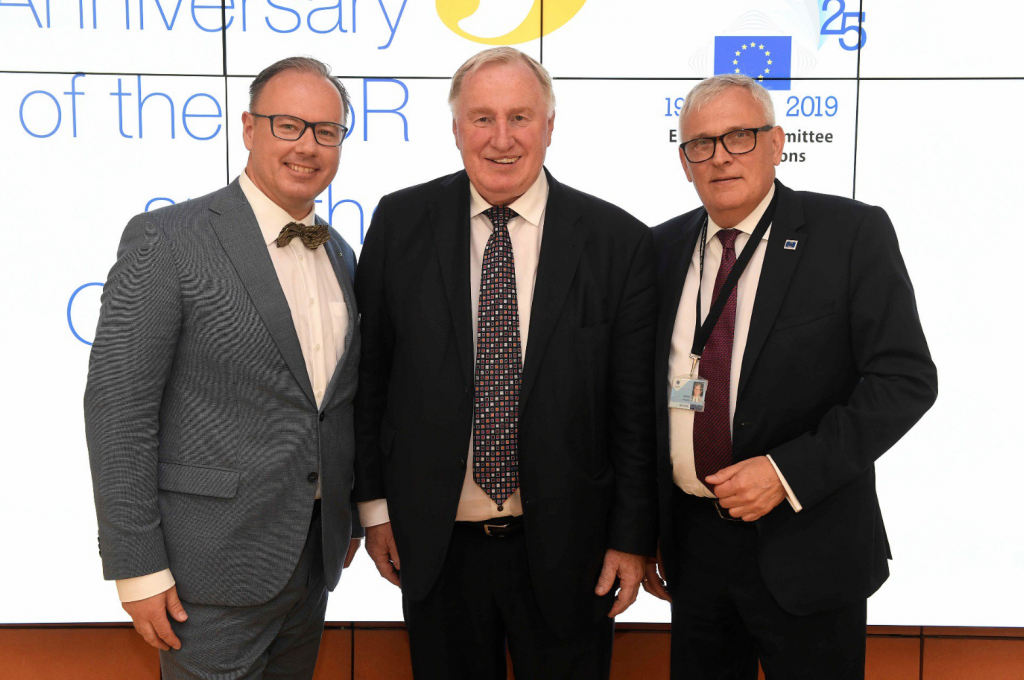European Committee of the Regions and Congress of Local and Regional Authorities of the Council of Europe celebrate 25th Anniversary

On 27 June, AER marked the 25th Anniversary of the European Committee of the Regions and Congress of Local and Regional Authorities of the Council of Europe. The President of ... Read More










